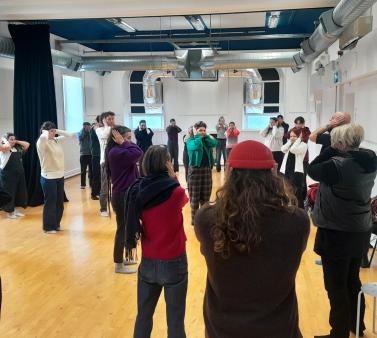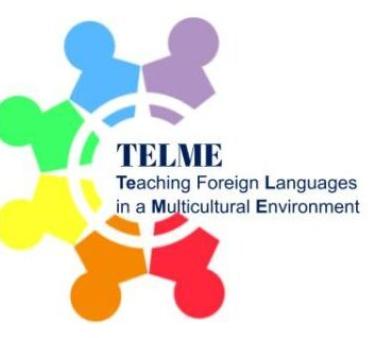There are two pathways to this degree:
-
Environment, Territories and Stakeholders (ETA)
-
Remote Sensing-Environment (TELENVI)
Objectives
To train future professionals in environmental geography and spatial planning.
Expertise and Skills
The skills common to both GAED pathways can be split into two main categories:
-
Advanced thematic skills in environmental geography and spatial planning.
-
Methodological skills in Geomatics (spatial analysis, geographic information system and remote sensing).
Course Content
These two pathways have shared components with Environmental Geography and Land Use Planning. The course is designed to showcase the department’s wide range of skills, which may appeal to a large student audience, offering a wide range of professional opportunities in the fields in question.
Its originality lies in the fact that it combines a vocational path (ETA) and an undifferentiated Research and Professional pathway (TELENVI) with many shared learning opportunities between the pathways, especially in year 1 of the Master’s programme (75% of the classes are shared). The aim is to provide students with a high scientific standard alongside the skills acquired in the vocational field.
This extensive shared learning means that students can bridge paths and thus combine complementary courses, offering the prospect of wider career opportunities. In year 2, the majority of classes specific to each pathway (over 70%) are focused on professional projects (ETA) or research projects (TELENVI). In the ETA pathway, in addition to classes, students take part in a workshop providing a real-life simulation of a client commission. This is led by the associated industry professional (PAST) and continues over the entire first semester. It helps to prepare students for the end-of-study internship and their subsequent integration into the job market. It also directly situates the issues and results of fundamental and applied research in a working scenario that is highly useful to future planners and geographers.




